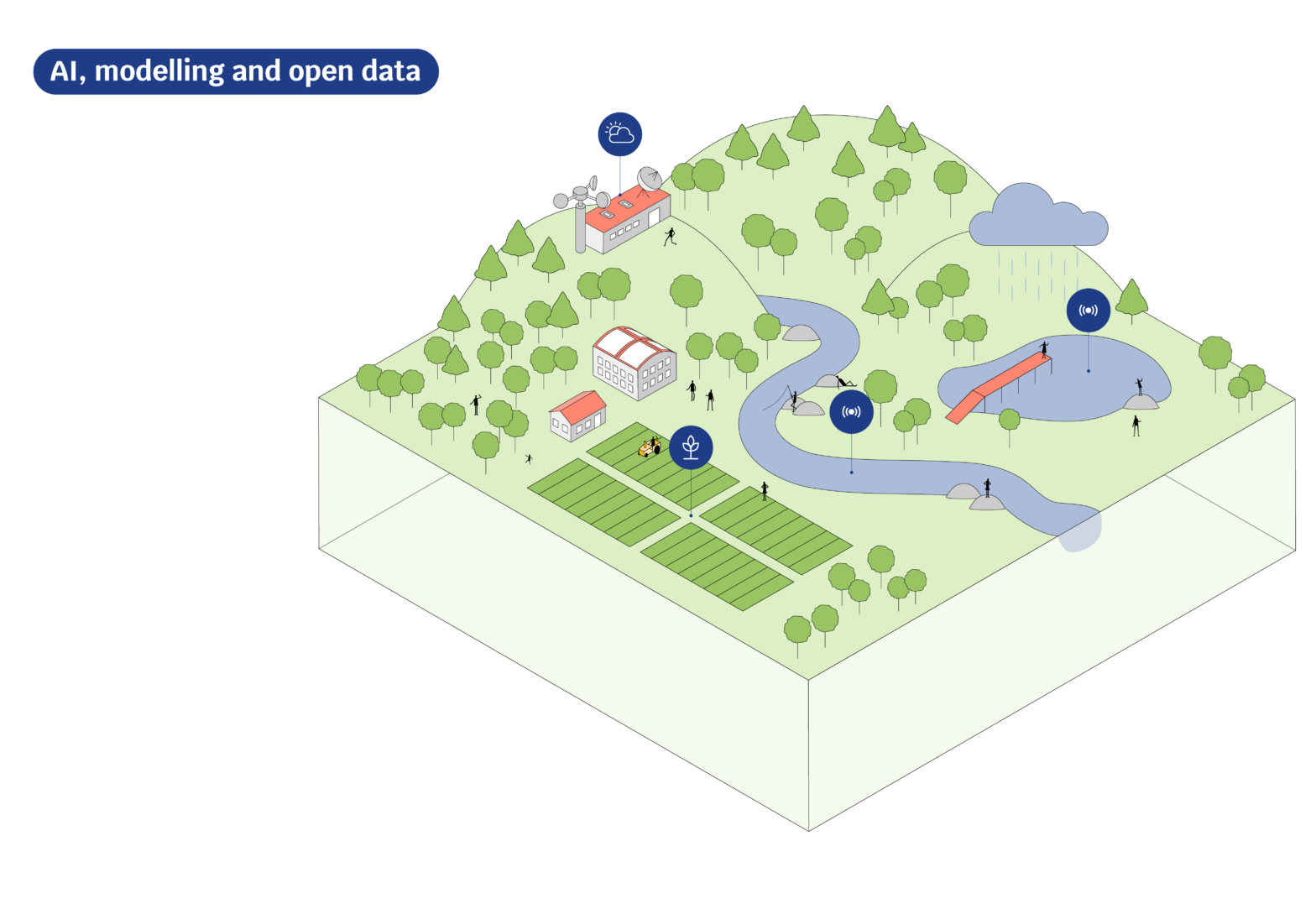The last decade has seen significant market changes; increasingly stiff competition, globalisation and the introduction of more and complex regulatory compliance and standards have sent ripples through services industries like utilities and telecoms.
To remain profitable and sustainable, organisations within these sectors need now to maintain a high standard of service delivery and assurance, and compete in tough economies at the same time as offering a range of services to their customers with minimum disruption – all in all, no easy feat.
The key challenges facing utilities and telecoms in this transformation journey
By their nature services provided by utilities and telecoms are both essential and critical and therefore, more demanding compared to other service industries. On top of that, the success of these organisations heavily relies on performance, reliability and regular maintenance of their distributed asset networks on the ground and at customer premises.
Not to mention, the added risks of service disruptions, safety and security issues. This makes their transformation journey more challenging as they not only have to deal with conflicting priorities and efficiency bottlenecks in their regular operations, but also adhere to regulatory compliance and be profitable.
To understand the operational challenges, let us consider how a utility has to respond to an outage incident in a regulated environment. If there is a power outage in an area, the whole incident needs to be managed carefully from end-to-end and power must be restored within a regulated time window.
A delay in informing the customer of the progress can lead to low satisfaction scores and failing to physically respond to the incident quickly enough can lead to higher repair costs, as well as increase the risk of penalties from regulators.
If you imagine the above scenario at a larger scale, which would involve more conflicting priorities, steep targets and deadlines, balanced against regular maintenance work and emergency incidents, you can easily understand the challenges faced by senior leaders within these organisations.
Today, utilities and telecoms operate under severe pressure to comply with regulations and the risks associated if they fail to. The regulatory standards are wide-ranging and cover several aspects of the service delivery performance.
For example, there could be a clear mandate to install and replace all existing meters with smart meters within a given timeframe. Another example could be incidents involving gas leaks or power outages, which regulators could mandate are handled by a specific group of engineers that have relevant qualifications to carry out such jobs where safety is of utmost priority.
Significant studies and surveys have been carried out to understand the key challenges in this market. Some examples include not having the right person for the job at the right time, an inability to keep service delivery costs down, and a need to reduce paperwork, risks and human errors, at the same time as improving field work efficiency with accurate data capture in real-time.
On close analysis of these pain points, it could be argued that most are interrelated. At the same time, there are strong indications of a lack of proper alignment and integration of business priorities, processes and existing solutions for field service management.
It is therefore important for these organisations to consider an integrated robust business solution that can seamlessly bring together different business processes, priorities and systems involved in service delivery and service assurance.
All of these challenges require careful analysis, a clear strategy and a priority driven roadmap to mobilise the workforce and help organisations evolve into more mature, efficient, agile and responsive businesses. Significant advancements in Mobile Workforce Management (MWM) technology are now available to help these organisations in turning their key challenges into opportunities.
Integrated service management to mobilise the business where it matters the most
Of course, simply employing a skilled mobile workforce is no longer enough. Organisations need to invest in a robust mobile workforce management services framework that can orchestrate complex business processes, priorities and systems involved in providing quality services to customers with minimum disruptions.
Utilities and telecoms need a solution that integrates business workflows for field service management, thereby mobilising the business and not just the workforce. To do this, they must develop a clear strategy for an integrated mobile workforce management services framework that brings together processes and workflows into a one, central model.
What is MWM?
MWM is a solution targeted at service organisations with an active mobile workforce. It helps businesses to effectively plan their field service operations, manage resource scheduling and dispatching, provide real-time communication between field engineers and planners and integrate with other work order systems.
> See also: How mobile became a boardroom issue: what CEOs need to know about the 'mobile first' story
This means field staff can be more efficient with their travel time and coverage of jobs, and complete more work orders on time. In turn, the organisations can improve customer satisfaction and meet the regulatory compliance set for their specific industry, offering complete visibility of a work order lifecycle.
This can all help to significantly reduce operational costs and speed-to-field operations while optimising resource utilisation on the field. Organisations can also benefit from advanced analytics and forecasting solutions offered by modern MWM solutions to plan ahead and have better control of their business.
In today’s increasingly unstable market, utilities and telecoms companies alike are being challenged to provide consistently good customer service at the same time as meeting industry standards and regulations to stay compliant.
By choosing the right route to MWM however, their workforces will become more productive, in turn helping them to improve customer satisfaction levels and keep operational costs down.
Sourced from Anirban Acharya, Business Consultant, Cyient










